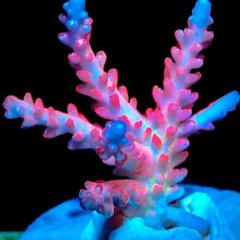-
Topics
-
Latest Update
-
0
Chaetomorpha Macro Algae
Just harvest. Clean and green. 1 bag $15 2 bags $25 -
-
0
Wts: Sicce silent 1.5 pump 1350L
Retail $80 Selling $35 Will throw in freebies Do not PM https://api.whatsapp.com/send?phone=6592954138 -
1
WTS radion g5 blue
^ last set $600 Sent from my SM-S918B using Tapatalk -
0
Berghia nudibranch FS
$40 for one. Deal at Buona Vista area. Pls PM if keen
-






Recommended Posts
Join the conversation
You can post now and register later. If you have an account, sign in now to post with your account.